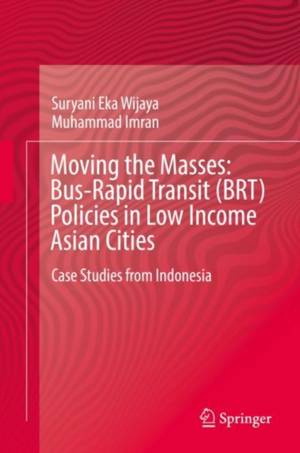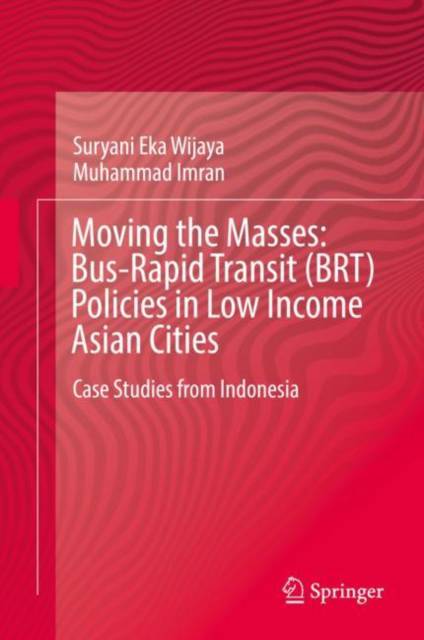
- Retrait gratuit dans votre magasin Club
- 7.000.000 titres dans notre catalogue
- Payer en toute sécurité
- Toujours un magasin près de chez vous
- Retrait gratuit dans votre magasin Club
- 7.000.0000 titres dans notre catalogue
- Payer en toute sécurité
- Toujours un magasin près de chez vous
Moving the Masses: Bus-Rapid Transit (Brt) Policies in Low Income Asian Cities
Case Studies from Indonesia
Suryani Eka Wijaya, Muhammad Imran
Livre relié | Anglais
104,95 €
+ 209 points
Description
Challenges ideas about promoting Bus Rapid Transit (BRT) as a quick solution to sustainability.
Identifies the complexity of urban transport governance in low-income Asian cities.
Highlights factors that create multi-level tensions in effective implementation of Bus Rapid Transit in low-income Asian cities
Spécifications
Parties prenantes
- Auteur(s) :
- Editeur:
Contenu
- Nombre de pages :
- 200
- Langue:
- Anglais
Caractéristiques
- EAN:
- 9789811329371
- Date de parution :
- 06-03-19
- Format:
- Livre relié
- Format numérique:
- Genaaid
- Dimensions :
- 156 mm x 234 mm
- Poids :
- 498 g

Les avis
Nous publions uniquement les avis qui respectent les conditions requises. Consultez nos conditions pour les avis.






